GeoDirectory Marker Cluster
Clustering of GeoDirectory Markers The Core Plugin that we make available for free download on WordPress.org is the only one that would let you submit listings within a single location (City, Town or Village). You can now expand your directory and compete on a worldwide scale with the Location Manager! You are able to build an unlimited number of locations for your listings if you make use of the GeoDirectory Locations Manager add-on. It should come as no surprise that there is no requirement to prepare all of the places in advance. Users have the ability to add new locations whenever they create a new listing. In order to accomplish this, we query the Google Maps API. The site menu makes it easy and convenient for you to switch between different locations. An illustration of this can be seen in the very first picture at the very top of this site. You also have the option of doing so through the utilization of a widgetized drill-down navigator, which may be positioned in any region of the website. Users will be sent to a Location Page whenever they change their location. Each location will have a location page that can be used as an alternative to their home page. You have the ability to restrict directory locations as necessary with the use of this add-on. You can limit listings to one or more nations, regions, or a combination of countries, regions, and cities. Disabling the add listings form so that it does not accept submissions from regions that are not desired is a simple process. You have the option of filtering listing results by country, region, city, or neighborhood. Users can now search for specific locations down to a granular level or explore “everything.” Locations can also be edited, added to, moderated, or merged from the back end by administrators. For instance, if a user accidentally creates a duplicate location by misspelling an existing city, there is a straightforward tool that can combine the two without removing either of the places from the listing.
It’s time to get Feng Shui on your maps and clear away the clutter.
The user experience might suffer when maps are used to navigate huge directories because they can begin to look like a sea of markers. Your data visualization will be simplified if you group markers together because it will consolidate listings that are in close proximity to one another on the map. To summarize, our Marker Cluster plugin is indispensable for user map engagement on directories that contain a great number of listings.
- Open Street Maps (OSM) and Google Maps compatibility ensures a smooth integration of both mapping platforms.
- Small directories benefit from the Client-Side rendering option, which results in maps that are more responsive immediately.
- Our one-of-a-kind Server-Side rendering option completes all of the laborious tasks on the server and sends the browser only the essential information. Large directories that include millions of listings are therefore still able to offer maps that are responsive.
- You have granular control over how and when clustering is rendered thanks to the fact that the grid size and zoom levels can be modified.
- Set on a per-map basis, which means that if you have more than one map, you have the ability to apply the clustering effect to any or all of those maps.
- Completely compatible with both of our add-ons, the Custom Post Types and the Custom Map Styles.
Marker Cluster improves user experience
Users will only see single markers that indicate the total number of listings in the vicinity when the Marker Cluster feature is activated. When the user zooms in on the region, the markers become separated from one another, revealing the individual listings. Second, if you click on a cluster marker, the map will automatically zoom to that spot and recluster there when you are done.
Better site performance with our Marker Cluster addon
Because of our more than ten years of expertise developing directory software and our more than 300,000 successfully addressed support tickets, we are familiar with how to scale a directory. The vast majority of our rivals do not use marker clustering and are only able to manage a few hundred markers at most before the browser memory causes things to either fail or slow down. Things have the potential to become quite complicated with one to two thousand markers, even when using the conventional clustering method that is recommended by Google. When using our Marker Cluster add-on, the number of markers that can be displayed on a map is not constrained in any way, shape, or form. Because our rendering takes place on the server, it is possible to display one million markers while using up to 300 times less data.

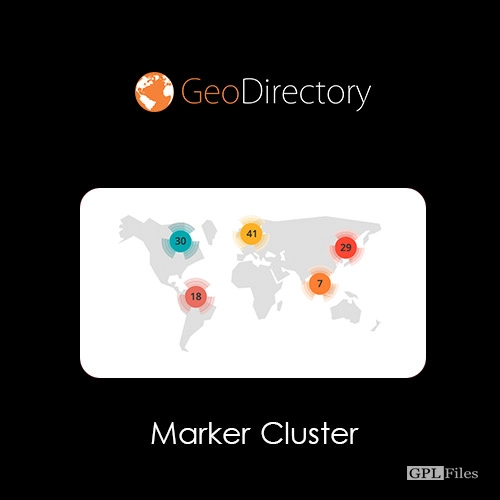
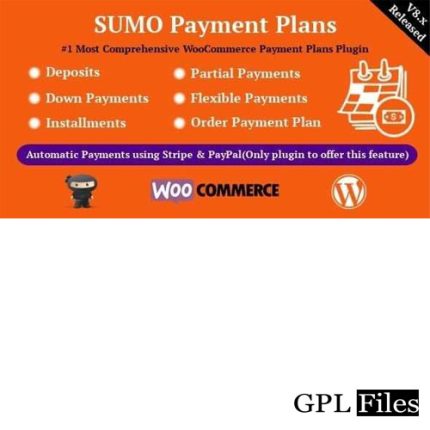
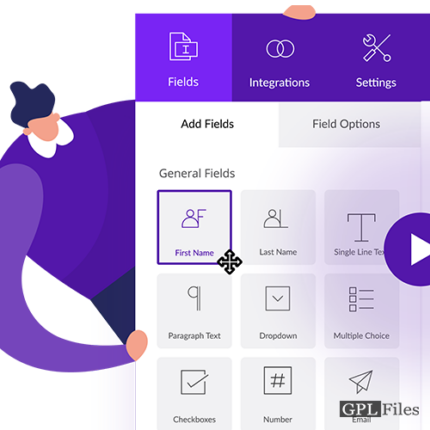

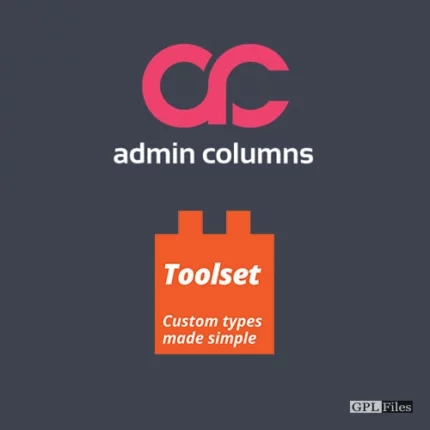
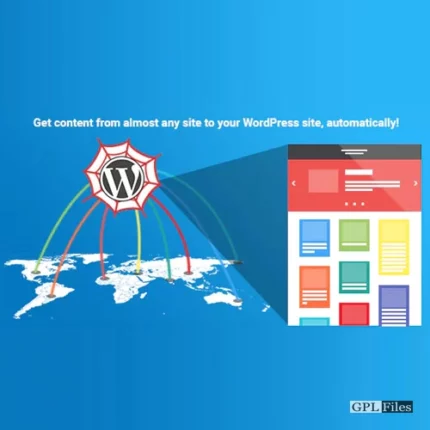
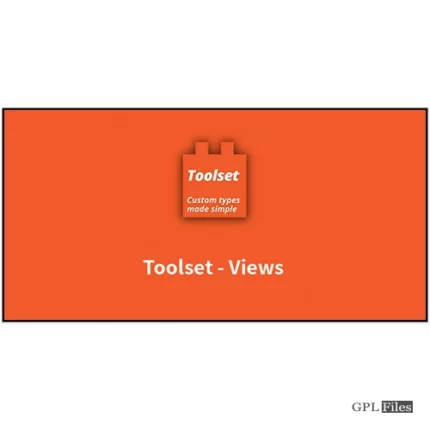
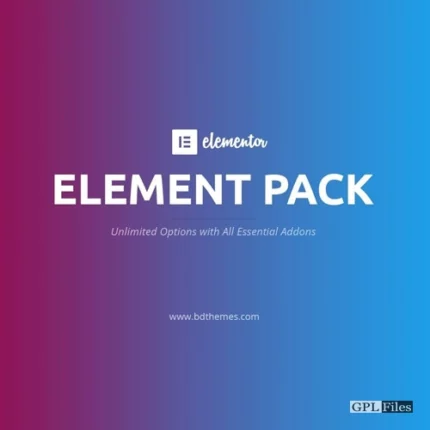
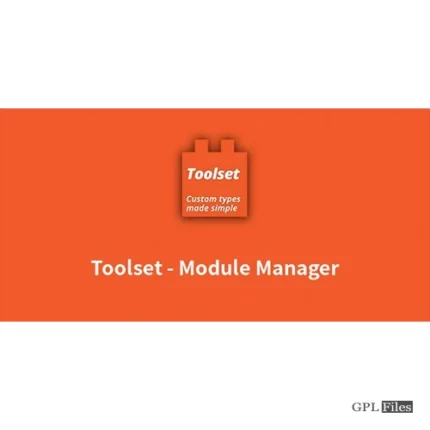
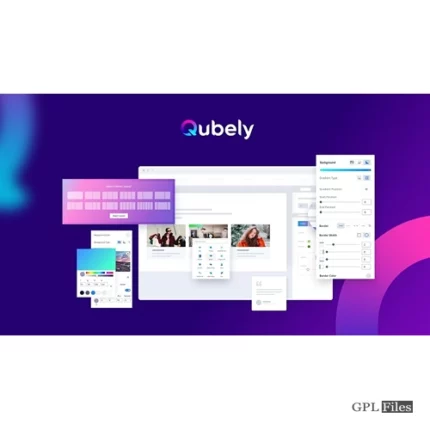
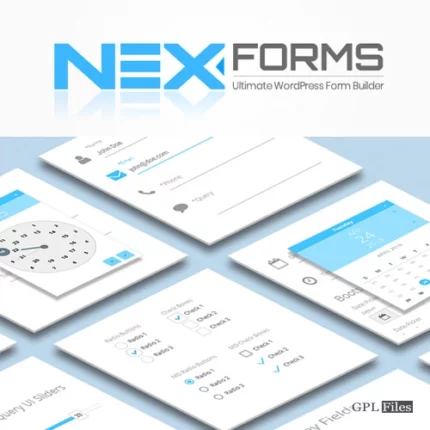
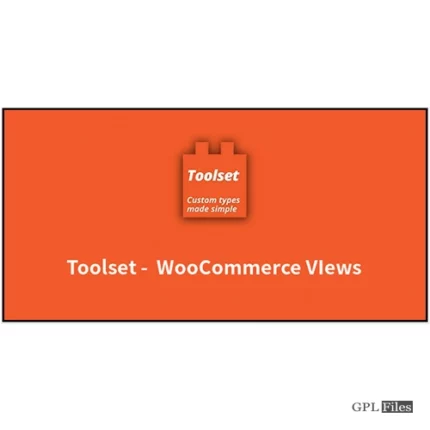


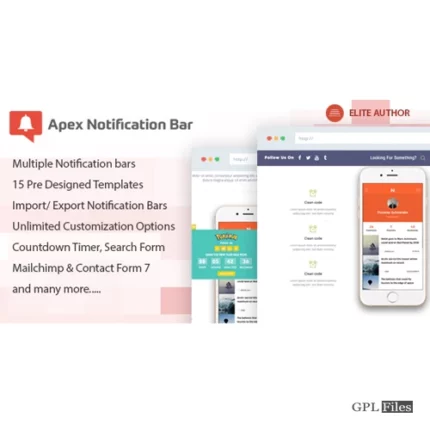
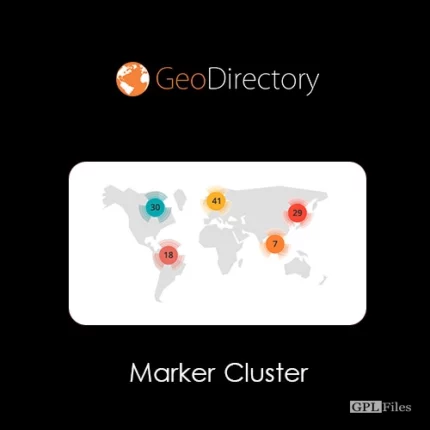
Reviews
There are no reviews yet.